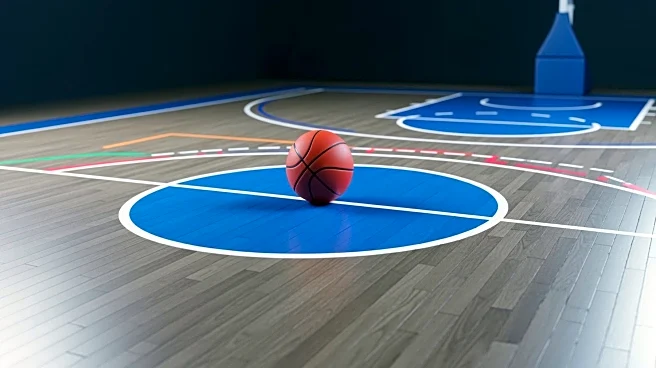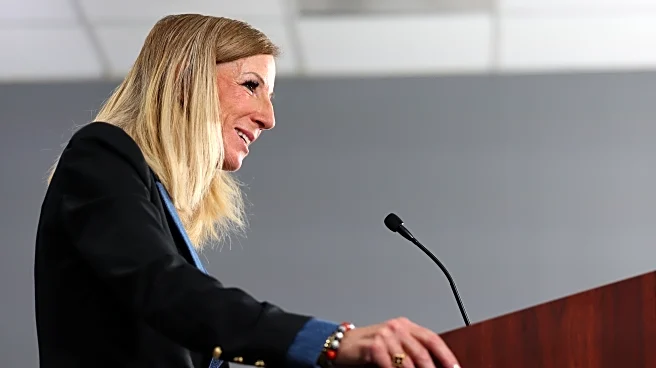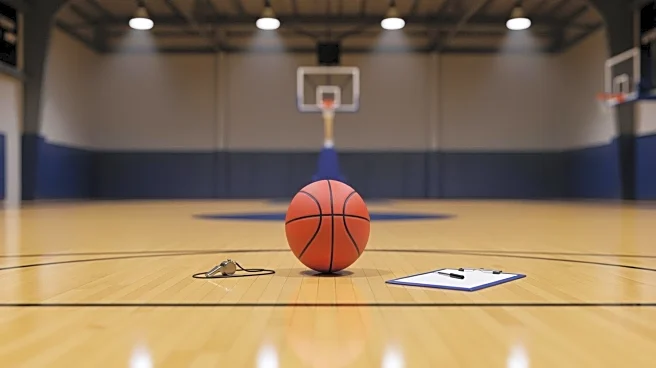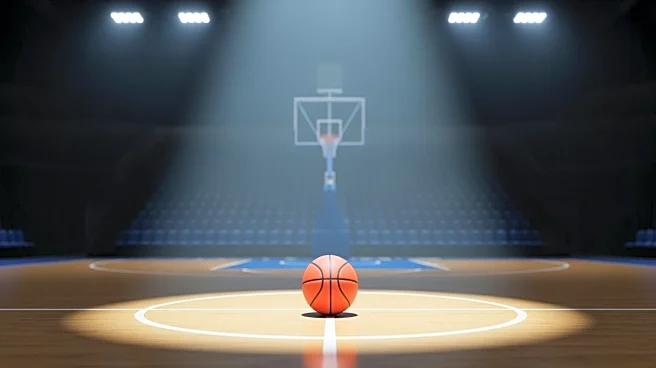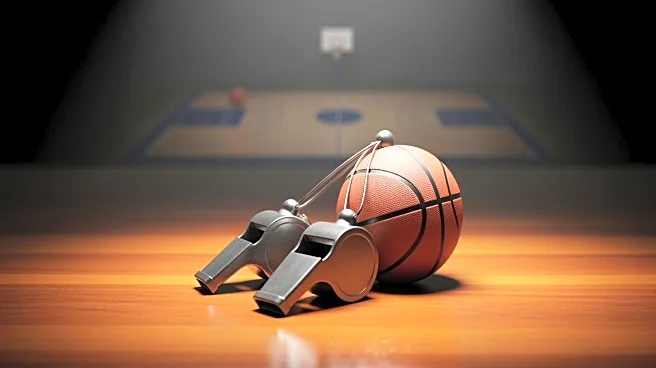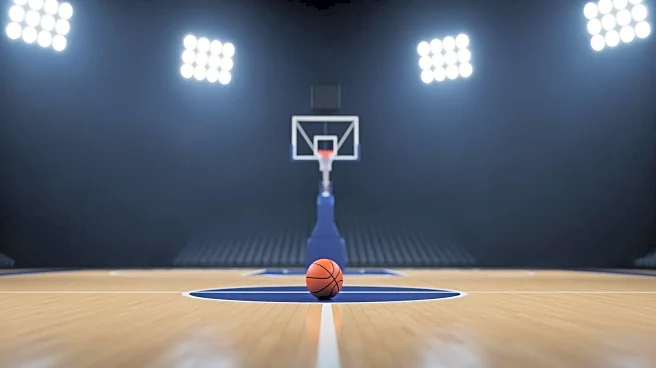What's Happening?
Ruben Prey, a 6-foot-11 forward from Portugal, is emerging as a key player for St. John's Red Storm basketball team. Under the guidance of Coach Rick Pitino, Prey has shown significant improvement, particularly in his defensive skills. Previously known
for his offensive play typical of European basketball, Prey has adapted to the more physical style of American college basketball. His ability to defend multiple positions and contribute both offensively and defensively makes him a valuable asset to the team. Prey's progress was evident in a recent scrimmage and an exhibition game against Towson, where he demonstrated increased confidence and aggression on the court.
Why It's Important?
Ruben Prey's development is crucial for St. John's as they aim to build on their successful season last year. His ability to play both ends of the floor enhances the team's versatility and depth, particularly in the frontcourt. As one of the few returning players, Prey's growth could be pivotal in maintaining the team's competitive edge in the Big East Conference. His improved defensive skills and adaptability to the physicality of college basketball could help St. John's in crucial matchups, potentially leading to better outcomes in the NCAA Tournament.
What's Next?
As the season progresses, Ruben Prey's role and playing time will likely increase, especially if he continues to perform well. Coach Pitino's willingness to experiment with different lineups, including playing multiple big men together, suggests that Prey will have opportunities to showcase his skills. His continued development could lead to more significant contributions in key games, potentially impacting St. John's overall success this season.
Beyond the Headlines
Prey's journey from a typical European player to a well-rounded college athlete highlights the cultural and strategic adjustments international players often undergo in the U.S. His story underscores the importance of player development programs in college sports, which can transform promising athletes into key contributors. This development not only benefits the individual player but also enhances the team's dynamics and performance.
